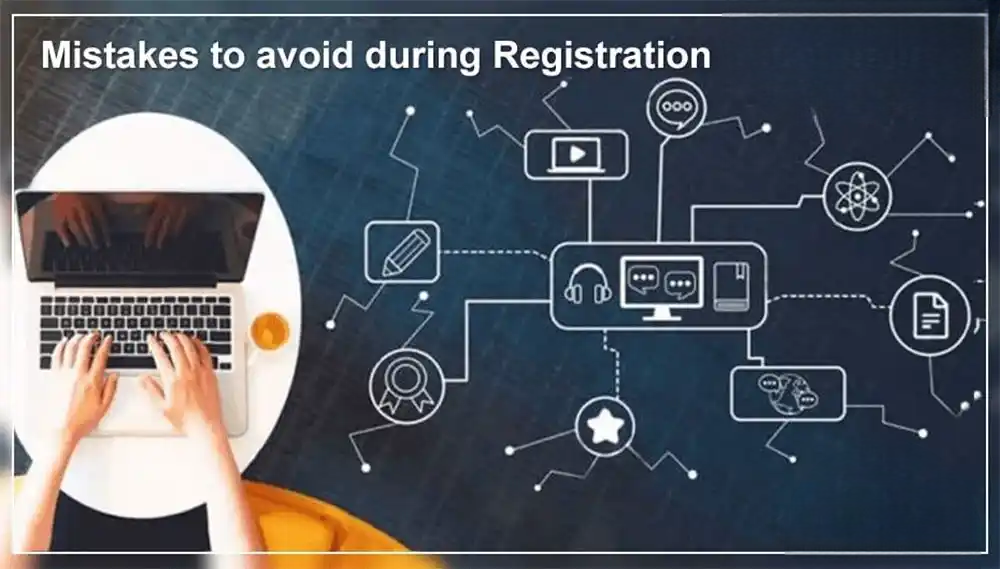In India, a Private Limited Company (PVT LTD) is one of the most popular and preferred forms of business structure for entrepreneurs, startups, and investors. The structure offers several benefits, such as limited liability, separate legal identity, and ease of raising capital, making it an attractive choice for both small and large businesses. In this blog, we’ll explore the definition, features, types, and the process of Private limited company registration in India. Additionally, we’ll cover how to register a company in India and the advantages of company registration online in India.
What is a Private Limited Company (PVT LTD)?
A Private Limited Company (PVT LTD) is a type of company that is privately held and limits the number of its shareholders to a maximum of 200. The shareholders are typically individuals or entities, and they have limited liability, meaning their personal assets are protected in case of company debts. The company is managed by a board of directors, which is appointed by the shareholders.
A PVT LTD company can be involved in a variety of business activities, ranging from trading and manufacturing to technology services. This business structure is regulated by the Ministry of Corporate Affairs (MCA) and governed by the Companies Act, 2013.
Key Features of a Private Limited Company (PVT LTD)
- Limited Liability:
One of the key benefits of a Private Limited Company is limited liability. Shareholders are only liable for the amount of money they have invested in the company. Their personal assets are protected in the event of company insolvency. - Separate Legal Entity:
A PVT LTD company is treated as a separate legal entity from its shareholders and directors. This means that the company can own property, enter into contracts, and sue or be sued independently of its members. - Minimum Shareholders and Directors:
A Private Limited Company requires a minimum of two shareholders and two directors. One of the directors must be a resident of India. - Transferability of Shares:
The transfer of shares in a PVT LTD company is restricted and cannot be easily transferred to the public. Shares can only be transferred privately to existing members or through mutual agreement. - Raising Capital:
Private limited company registration in India allows businesses to raise capital from private investors, venture capitalists, or angel investors. It also allows the company to issue shares, making it easier to raise funds for expansion. - Perpetual Succession:
A PVT LTD company continues to exist even if the ownership or management changes. This ensures continuity of the business regardless of changes in the shareholder or director composition.
Types of Private Limited Companies
There are different types of Private Limited Companies in India, which are classified based on the nature of their business activities or the scope of their operations:
- Limited by Shares:
This is the most common form of Private Limited Company where the liability of the members is limited to the unpaid amount of their shares. - Limited by Guarantee:
In this type of PVT LTD, the liability of the members is limited to the amount they agree to contribute to the company’s assets if the company is wound up. - One Person Company (OPC):
This type of company is a variation of the PVT LTD company, where only one person can form the company. It offers the advantages of limited liability while allowing a single entrepreneur to operate independently.
How to Register a Private Limited Company in India?
The process of PVT LTD company registration in India is straightforward, but it involves several steps to ensure compliance with the legal requirements. Here’s a step-by-step guide on how to register a company in India:
1. Obtain Digital Signature Certificate (DSC)
A Digital Signature Certificate is mandatory for signing electronic documents during the registration process. The director of the company must obtain the DSC before proceeding with the registration.
2. Obtain Director Identification Number (DIN)
Every director of a Private Limited Company needs to have a Director Identification Number (DIN). This can be applied online through the Ministry of Corporate Affairs (MCA) portal.
3. Choose a Unique Company Name
The next step is to choose a name for the company. The name must be unique and should not conflict with any existing company names. You can check the availability of the name using the MCA portal.
4. Prepare the Memorandum of Association (MOA) and Articles of Association (AOA)
The Memorandum of Association (MOA) defines the company’s objectives and scope of operations, while the Articles of Association (AOA) lay out the internal rules and regulations. Both documents need to be signed by the directors and shareholders.
5. File the Incorporation Application with MCA
Once the documents are ready, the application for Private limited company registration in India is filed with the Ministry of Corporate Affairs through the MCA portal. The required documents include:
- Proof of identity and address of directors and shareholders
- The company’s MOA and AOA
- Address proof of the company’s registered office
6. Obtain Certificate of Incorporation
Once the application is verified, the MCA issues the Certificate of Incorporation, which officially establishes the company as a legal entity. This certificate also includes the company’s Corporate Identity Number (CIN).
7. Apply for PAN and TAN
After registration, the company must apply for a Permanent Account Number (PAN) and Tax Deduction and Collection Account Number (TAN) for tax purposes.
Company Registration Online in India
With the advent of digital technology, Company registration online in India has become easier. The Ministry of Corporate Affairs (MCA) offers an online platform for PVT LTD company registration in India, making the entire process faster and more transparent. The online process allows you to submit documents electronically and track your application’s progress in real-time.
By opting for company registration online in India, you can streamline the entire process, reduce paperwork, and minimize the chances of errors. It is an efficient and cost-effective way to register a company in India.
How to Register a Startup Company in India?
Starting a business in India as a startup has its own set of benefits, including tax exemptions and easier access to government schemes. The process of how to register a startup company in India is similar to regular company registration, but with the additional option of registering under the Startup India Scheme.
Startups can avail of benefits such as:
- Tax exemptions for the first three years
- Easier compliance under the Companies Act
- Self-certification for labor and environmental laws
To register a startup company in India, you need to meet specific criteria set by the government, including the innovation and scalability of your business idea.
Conclusion
A Private Limited Company (PVT LTD) is an ideal business structure for entrepreneurs looking to scale their business while protecting their personal assets. The process of Private limited company registration in India is simple and well-regulated, with options for company registration online in India providing greater ease of access. Whether you are a new entrepreneur, a startup, or an established business, understanding how to register a company in India and choosing the right type of business structure can have a significant impact on the success of your venture.
By following the correct steps and seeking professional assistance, you can successfully register a startup company in India and enjoy the benefits of limited liability, credibility, and growth opportunities.









